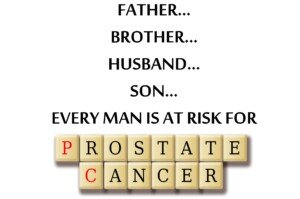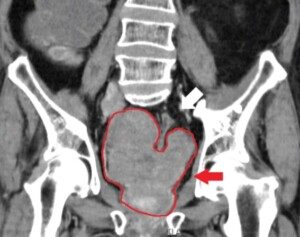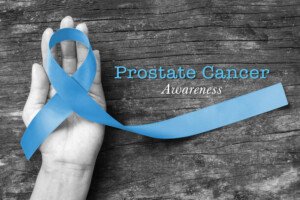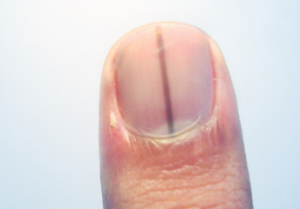Someone once said, “We have limited lifetime heartbeats; I’ll be damned I’m going to use them up running down a street.”
But does exercise truly use up some limited number?
This idea has been circulating for decades:
- We’re born with a limited heart fund.
- It has only so many beats stored.
- We can’t add to it, but we make withdrawals with every beat.
- And that exercise will make bigger withdrawals, more quickly dwindling down the “heartbeat account” to where eventually, there’s just a few beats left and we die (if not by some more acute event like a motor vehicle crash or stroke).
Certainly, we can’t believe that leading the lifestyle of a couch potato is the answer to this issue.
A study out of Australia flips the myth completely.
People who are physically fit actually use fewer heartbeats each day, which might be one reason they tend to live longer.
Researchers found that athletes’ hearts beat about 68 times per minute on average, compared to 76 bpm in people who aren’t active.
Over the course of 24 hours, that works out to around 97,900 beats for athletes versus about 109,400 for non-athletes — a difference of roughly 11,500 beats every single day.
“That’s a huge saving,” says Professor André La Gerche, head of the HEART Laboratory at St Vincent’s Institute of Medical Research and the Victor Chang Cardiac Research Institute.
“Even though athletes’ hearts work harder during workouts,” continues La Gerche in the report, “their lower resting rates more than balance it out.”
The research, published in JACC: Advances (2025), showed that the fittest participants had resting heart rates as low as 40 bpm.
So, even though their hearts pump faster during training, they still end up with fewer total beats in a day than people whose days are comprised of lounging around performing screen time with no dedicated exercise sessions.
Is the heart like a battery?
There’s the belief that the body is like a battery with a limited energy supply, and exercise drains it.
But let’s imagine two people – one a gym or fitness class enthusiast, and one who’s sedentary and flabby – being told to hike up a 1,000 foot trail that has a slight incline.
Who’s going to be far more drained at the top?
Now before any skeptics throw out that people normally don’t need to hike 1,000 foot trails in daily life, we need to look at the bigger picture.
The tasks of daily living can be taxing on an unfit body, draining it.
The drain can be in the form of a burnout or waking up next day so sore and stiff from just pulling a few weeds that you can barely get out of bed.
You may be chronically unenergetic, quick to fatigue, catching frequent colds, lacking stamina just with basic housework.
This can all be seen as regularly hiking a thousand feet.
According to La Gerche, a fitter body is more efficient. Your heart rate may be way up there during an hour of hard exercise, but it’s slower the remaining 23 hours.
A slower resting heart rate isn’t just a fitness badge — it’s one of the best indicators of good long-term health.
![]()










































